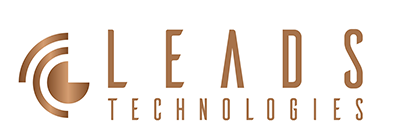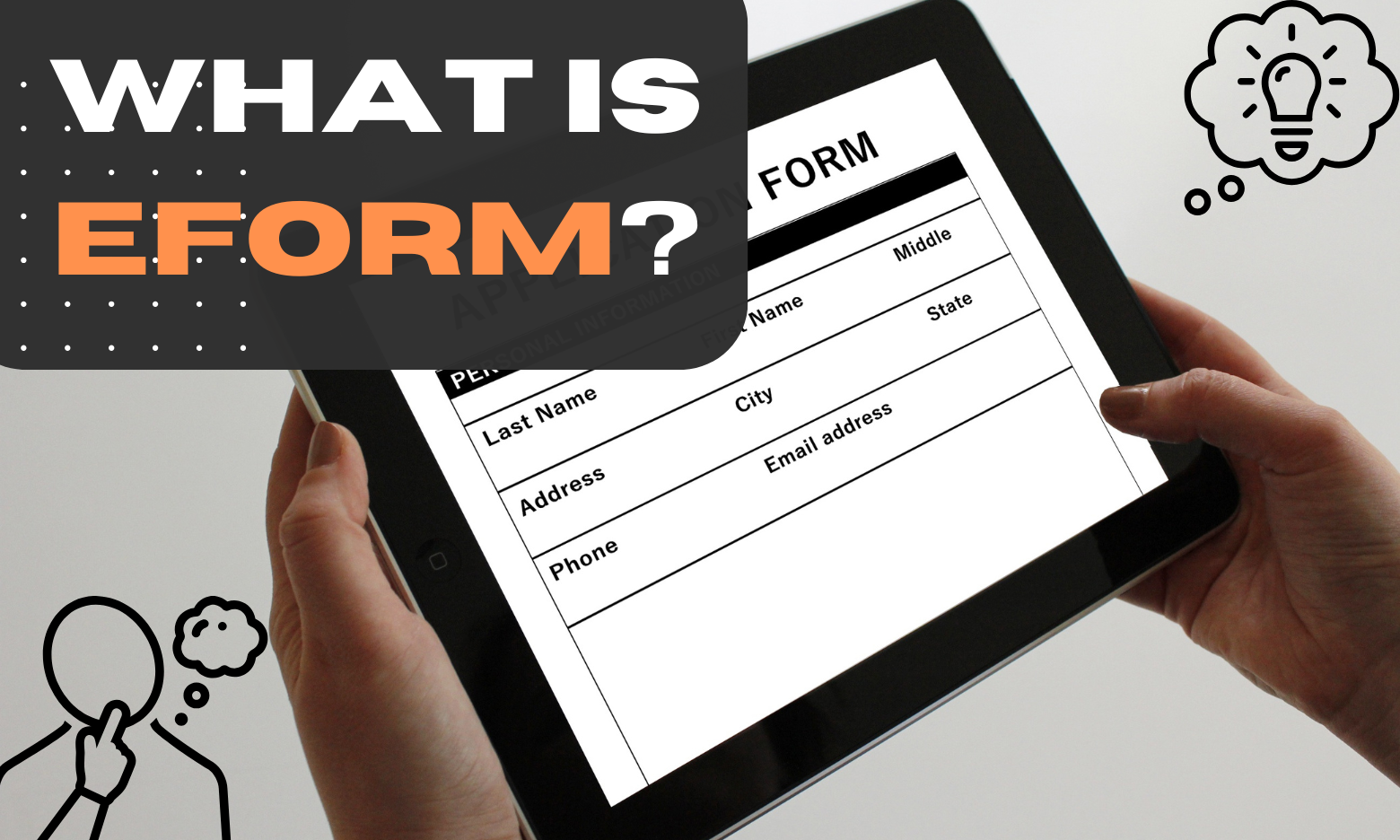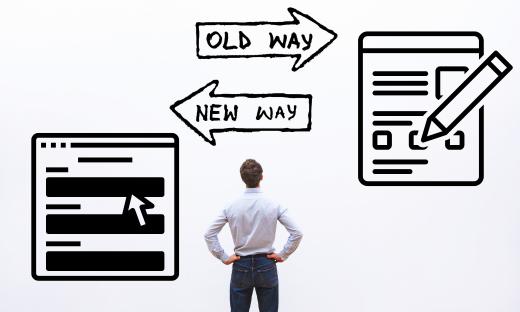Contents
- 1. Introduction
- 2. Understanding eForms
- 3. Key Benefits of Using eForms
- 4. Most Popular eForm Platforms in the Market
- 5. Selecting the Right eForm Solution
- 6. Implementation Best Practices
- 7. Industry Use Cases and Success Stories
- 8. Future of eForms and Digital Transformation
- 9. Conclusion
1. Introduction
In a rapidly digitizing world, businesses are continually seeking innovative solutions to streamline their processes. One such innovation transforming data collection is the eForm or electronic form. Whether it’s replacing cumbersome paper forms, enabling faster workflows, or improving data accuracy, eForms are at the forefront of digital transformation.
This comprehensive guide delves into what eForms are, their benefits, the most popular platforms, and how organizations can implement them to optimize their operations.
1.1 Why Digital Transformation Demands eForms
The move to digital transformation isn’t just a trend; it’s a necessity. Traditional data collection methods, such as paper forms, are prone to delays, errors, and inefficiencies. eForms solve these challenges by:
- Speeding up workflows: Data can be collected, processed, and shared in real time.
- Enhancing environmental sustainability: They reduce paper usage, contributing to eco-friendly initiatives.
- Ensuring better data management: Centralized storage and integration with digital systems make retrieval and analysis seamless.
1.2 Scope and Purpose of This Guide
From understanding the fundamentals of eForms to exploring advanced use cases, this guide is designed to equip businesses with the knowledge to adopt and leverage eForms effectively.
2. Understanding eForms
2.1 Definition of eForm (Electronic Form)
An eForm is a digital alternative to paper forms. Accessible via computers, smartphones, or tablets, eForms allow users to input, store, and manage data electronically. They often integrate with databases, cloud systems, and software applications for streamlined workflows.
2.2 Key Differences Between Paper Forms and eForms
- Efficiency: eForms eliminate manual data entry, significantly reducing processing time.
- Flexibility: Unlike static paper forms, eForms can incorporate dynamic fields, conditional logic, and multimedia elements.
- Error Reduction: Features like dropdown menus, auto-fill fields, and validation rules minimize mistakes.
- Cost Savings: By cutting expenses related to printing, distribution, and storage, eForms deliver substantial cost savings.
3. Key Benefits of Using eForms
Cost and Time Savings
eForms eliminate printing, distribution, and storage costs, saving organizations on paper and administrative expenses. By automating workflows like approvals and report generation, they reduce repetitive tasks and speed up data transmission, enabling instant submission and processing. For example, a large retail company cut onboarding time for new hires by 40% through eForms, streamlining employee registration.
Improved Accuracy and Data Quality
eForms enhance data accuracy through real-time validation features like dropdown menus, checkboxes, and conditional logic, ensuring correct formatting and minimizing human errors with automated checks and required fields. By integrating seamlessly with databases and software systems, they eliminate transcription errors and maintain data consistency using standardized templates for streamlined and reliable data collection across various use cases.
Enhanced Security and Compliance
eForms enhance data security with encryption protocols like SSL/TLS to protect sensitive information during transmission, while role-based access controls ensure only authorized individuals can view or edit data. Designed to comply with regulations such as GDPR, HIPAA, and PCI DSS, eForms help organizations maintain compliance and avoid penalties. Additionally, audit trails provide traceability and accountability by logging all data access and modifications.
Better User Experience and Accessibility
eForms are mobile-friendly with responsive designs, allowing users to complete forms on any device. They support multiple languages for global audiences and include accessibility features like screen reader compatibility and keyboard navigation to meet WCAG standards. Customizable branding enhances professionalism and user trust, while real-time feedback and confirmation messages provide assurance of successful submissions.
4. Most Popular eForm Platforms in the Market
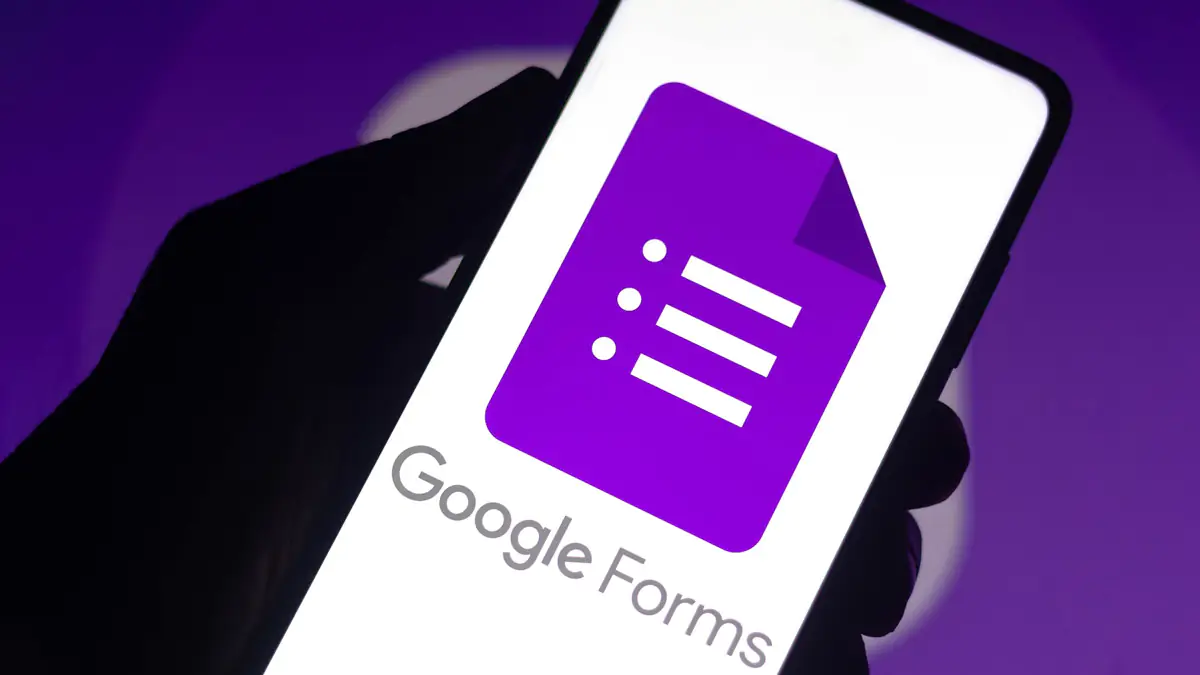
Google Forms
Google Forms is a simple and accessible eForm solution, ideal for small businesses, startups, and personal use. It offers an intuitive interface with drag-and-drop functionality, integration with Google Workspace for seamless data management, free templates for surveys and feedback forms, and real-time collaboration. Best suited for quick surveys and event registrations, it has limitations in customization and advanced features compared to premium platforms.

Microsoft Forms
Microsoft Forms is a powerful eForm platform designed for Microsoft 365 users, offering advanced analytics with Power BI, integration with Teams, Excel, and SharePoint, and mobile-friendly forms for on-the-go data collection. With features like conditional branching for dynamic forms, it is ideal for internal surveys, customer feedback, and educational use. However, it has limited third-party integrations outside the Microsoft ecosystem.
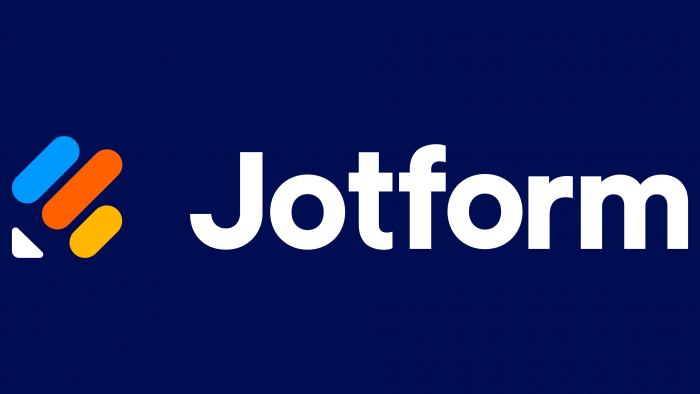
JotForm
JotForm is a versatile eForm platform with a drag-and-drop editor, over 10,000 templates, and integration with 100+ third-party applications like PayPal and Salesforce. It supports payment collection, making it ideal for e-commerce, healthcare, and nonprofits needing advanced customization. However, some features require higher-tier subscriptions.
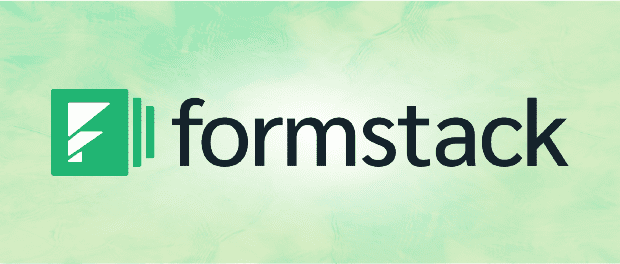
Formstack
Formstack is an enterprise-focused eForm platform offering workflow automation, HIPAA-compliant forms, and integrations with tools like Salesforce and HubSpot. With features like conditional logic and advanced reporting, it is ideal for large enterprises, healthcare, and finance sectors. However, it has a steeper learning curve and higher pricing than simpler platforms.
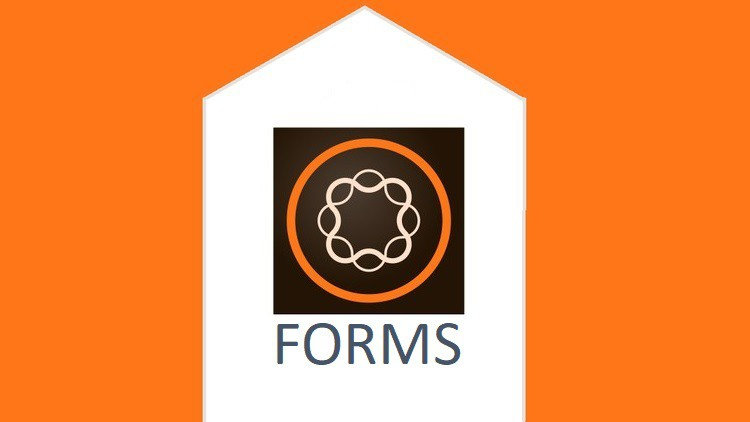
Adobe Experience Manager Forms (AEM Forms)
Adobe Experience Manager (AEM) Forms is a premium eForm solution offering enterprise-grade form management, automated workflows, and integration with Adobe Experience Cloud for a seamless customer experience. It supports multi-channel access, dynamic content delivery, and secure document management, making it ideal for enterprises needing advanced automation and engagement tools. However, its high cost makes it less suitable for small businesses.
5. Selecting the Right eForm Solution
5.1 Assessing Business Needs and Budget
- Define priorities: Are you looking for simple data collection, or do you need advanced features like CRM integration?
- Budget alignment: Many platforms offer tiered pricing, allowing businesses to start small and scale up.
5.2 Integration with Existing Systems
- Evaluate whether the platform integrates seamlessly with tools like CRM software, cloud storage, and email automation systems.
5.3 Security, Compliance, and Data Protection
- Choose platforms with advanced security measures like encryption, role-based access, and audit trails to protect sensitive information.
5.4 Scalability and Customization Options
- As your business grows, your eForm solution should adapt to increased data volumes and complex workflows.
5.5 Customer Support and User Community
- Reliable support ensures smooth implementation, while active user forums provide valuable troubleshooting advice.
5.6 Performance, Analytics, and User Experience
- Evaluate uptime reliability and speed of submission. Opt for platforms with analytics dashboards and export options for deeper insights.
- Test for intuitive interfaces and cross-device compatibility.
6. Implementation Best Practices
6.1 Planning and Designing Your eForm Workflow
- Define Clear Objectives: Identify what you aim to achieve with eForms, such as improved efficiency, data accuracy, or compliance.
- Map Existing Processes: Analyze current workflows to identify bottlenecks and areas for improvement before designing eForms.
- User-Centric Design: Create forms that are intuitive and easy to navigate, with a focus on user experience. Use minimal fields, logical grouping, and clear instructions.
- Leverage Dynamic Features: Incorporate conditional logic, dropdowns, and auto-fill fields to streamline form completion and improve data quality.
- Branding and Customization: Ensure the forms reflect your organization’s identity through custom branding, colors, and logos.
6.2 Training and Onboarding Teams
- Comprehensive Training: Train staff on the functionalities of the eForm platform, highlighting key features such as submission workflows, data validation, and analytics.
- Documentation and Tutorials: Provide accessible guides, video tutorials, and FAQs to assist team members during and after implementation.
- Pilot Programs: Start with a small group of users to test the system, identify challenges, and gather feedback before organization-wide deployment.
- Communicate Benefits: Highlight the advantages of eForms, such as reduced manual work and improved efficiency, to drive team adoption and enthusiasm.
6.3 Testing, Feedback, and Iteration
- Thorough Testing: Conduct tests across devices and platforms to ensure forms are responsive, user-friendly, and error-free.
- Gather Feedback: Collect feedback from early users, including employees and customers, to identify usability issues or gaps.
- Continuous Iteration: Refine forms based on feedback and emerging needs, incorporating enhancements like new fields or automated workflows.
- Performance Monitoring: Use platform analytics to measure form performance, including completion rates and submission times, and adjust as needed.
6.4 Ongoing Maintenance and Updates
- Regular Updates: Periodically review and update forms to ensure they remain relevant and aligned with evolving business needs.
- Monitor Compliance: Keep forms compliant with changing regulations (e.g., GDPR, HIPAA) and industry standards.
- Backup and Security: Ensure data backups and robust security measures are in place to protect sensitive information.
- User Support: Establish a system for ongoing support to resolve issues quickly and maintain high satisfaction levels.
6.5 Scaling Across Departments
- Start Small, Scale Gradually: Begin with a single department or process to refine your approach before expanding organization-wide.
- Cross-Department Collaboration: Work with various teams to understand their unique needs and customize eForms accordingly.
- Standardized Templates: Create reusable templates for common processes, ensuring consistency across departments.
6.6 Future-Proofing Your Implementation
- Plan for Growth: Choose scalable solutions to accommodate increased data volumes, users, or processes as your business evolves.
- Leverage Emerging Technologies: Explore integrating advanced features like AI-driven analytics, voice input, or blockchain for secure documentation.
- Stay Updated: Keep up with industry trends and platform updates to continually optimize your eForm workflows.
7. Industry Use Cases and Success Stories
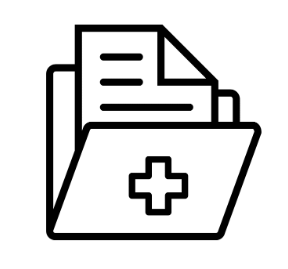
Healthcare and Medical Records
eForms are widely used in healthcare for patient registration, appointment scheduling, insurance claims, and medical history collection. For example, a large hospital digitized patient intake with eForms, reducing processing times by 50%. Patients complete forms online before visits, allowing staff to focus on care. Integration with their EHR ensures seamless data transfer and HIPAA compliance.

Insurance and Banking
eForms are essential in finance and insurance for policy applications, loan processing, KYC compliance, and customer onboarding. For example, a leading insurance company reduced claim processing times from weeks to days with eForms. Automated workflows ensured accurate routing, real-time validation minimized errors, and customer satisfaction improved by 30% post-implementation.

Government and Public Sector
eForms are widely used in government for citizen feedback, permit applications, and public surveys. For example, a municipal government implemented eForms for building permit applications, reducing approval times by 60% and saving 100,000 sheets of paper annually, supporting sustainability goals.

Education and Research
eForms are widely used in education for student admissions, feedback surveys, exam registration, and academic research. For example, a major university adopted eForms for admissions, allowing online document uploads and status tracking, reducing processing times by 40% and easing staff workloads. Research departments also leveraged mobile-friendly eForms, increasing survey response rates.

Retail and E-commerce
eForms are essential in e-commerce for customer feedback, inventory management, and order or return requests. For example, a global e-commerce brand used eForms to collect post-purchase feedback, enabling real-time analysis to identify issues and optimize delivery processes. This improved customer satisfaction by 25% and reduced product return rates.

Construction and Real Estate
eForms are widely used for tasks like project documentation, progress reporting, property inquiries, rental applications, lease agreements, safety inspections, and compliance checklists. For instance, a real estate firm successfully digitized rental applications using eForms, integrated with CRM software, which streamlined tenant approvals and improved client satisfaction.

Hospitality and Travel
eForms are invaluable in real estate for project documentation, rental applications, and safety inspections. For example, a real estate firm digitized rental applications with eForms, enabling online document submissions. Integration with CRM software accelerated tenant approvals and improved client experience.
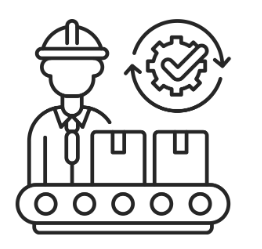
Manufacturing and Logistics
eForms are critical in manufacturing for quality control, vendor evaluations, and employee scheduling. For example, a manufacturing plant automated safety inspections with eForms, allowing real-time data submission and compliance tracking. Instant alerts for non-compliance helped reduce workplace incidents by 15% in a year.

Technology and IT Services
eForms are vital in tech for bug reporting, IT service requests, and performance evaluations. For example, a tech company implemented eForms for IT service requests, enabling employees to submit forms through a centralized portal. Automated routing reduced resolution times by 40%, enhancing efficiency.
8. Future of eForms and Digital Transformation
- 8.1 AI-Driven Data Collection and Analytics: AI-powered eForms auto-correct errors, predict user behavior, and provide actionable insights for strategic decision-making.
- 8.2 Blockchain and Secure Documentation: Blockchain ensures tamper-proof eForms, making them ideal for legal contracts, land registrations, and certifications.
- 8.3 Emerging Trends and Next-Gen Workflows: Expect innovations like AR-assisted forms for immersive data collection and voice-to-text input for enhanced accessibility.
- 8.4 Cloud-Native Solutions: Cloud-native eForms will support large-scale data collection and processing, accommodating growing organizational needs.
- 8.5 Enhanced Collaboration and Integration: Future eForms will allow multiple users to collaborate on a single form, editing or annotating it in real-time. More seamless integration with ERP, CRM, and HRMS platforms will streamline workflows across departments.
9. Conclusion
- 9.1 Summarizing the Value of eForms: eForms revolutionize data collection with their speed, efficiency, and accuracy, making them indispensable in today’s digital age.
- 9.2 Key Takeaways for Businesses and Organizations: Implementing eForms is not just about going paperless—it’s about embracing smarter, scalable, and sustainable solutions.
- 9.3 Moving Forward with Digital Innovation: Partner with a trusted eForm agency to adopt and implement the right solution for your organization. For more information, you can Contact Us to get your Tailor-made solutions or visit Leads Technologies.
